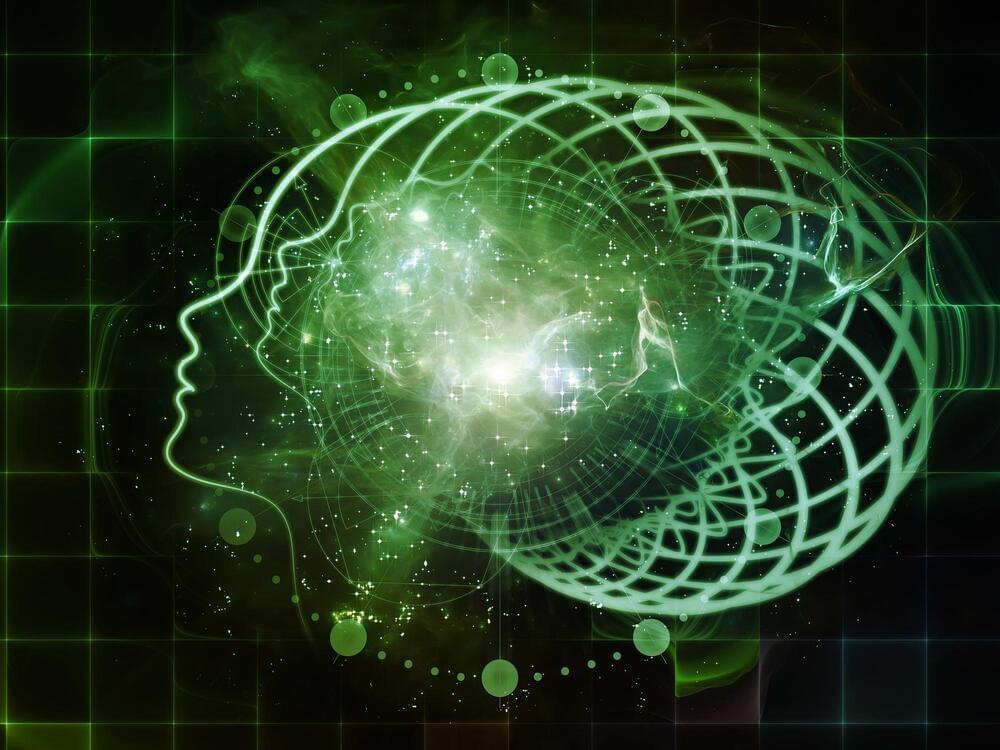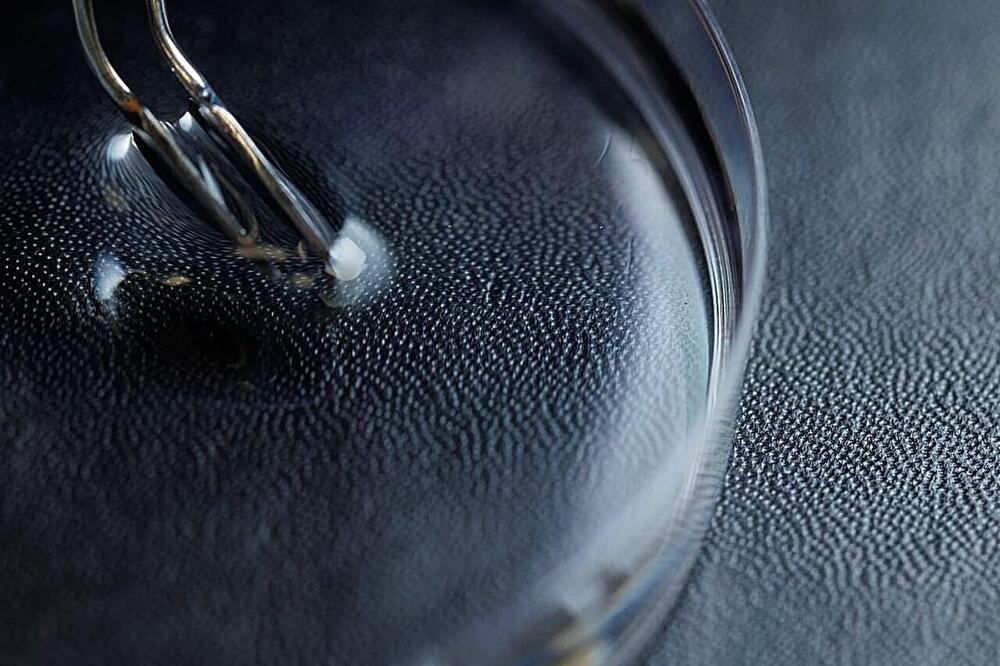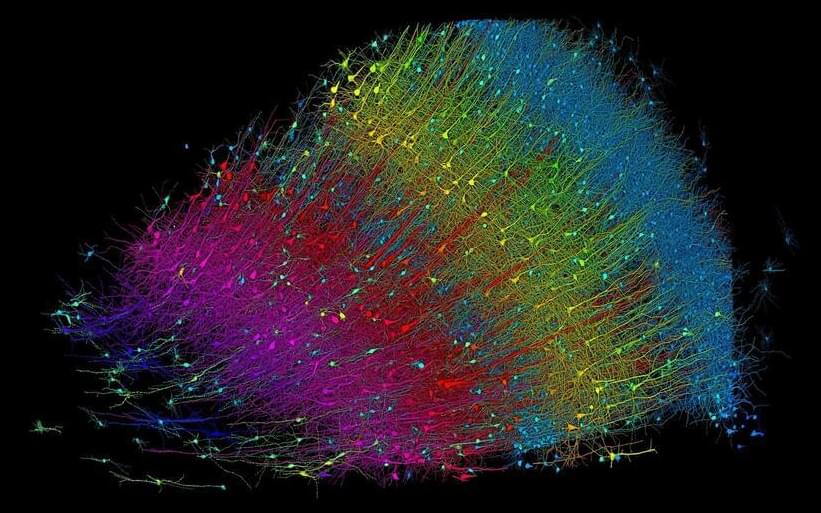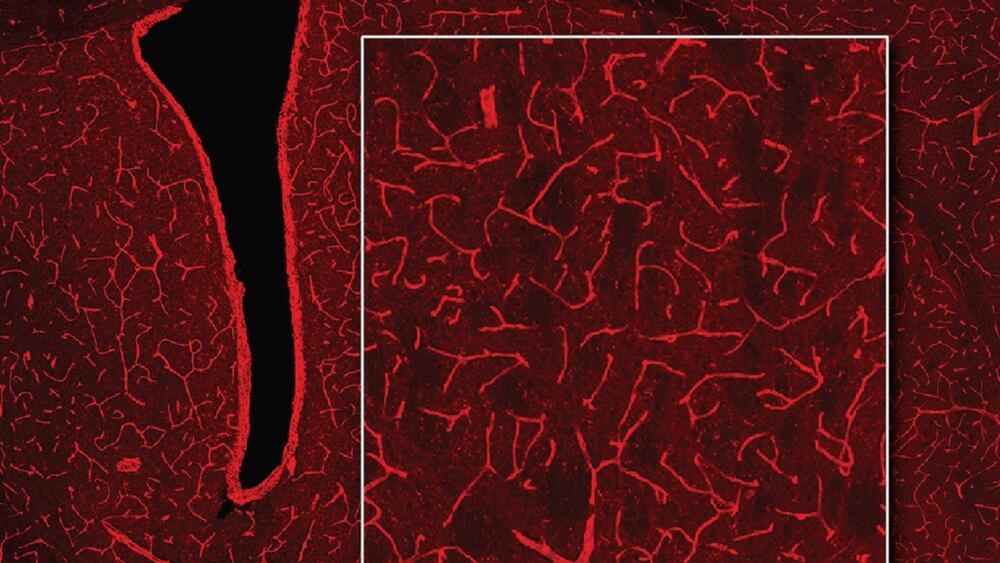Fruit fly study reveals brain-cell circuitry that could underlie how creatures large and small see wavelengths of light as information-rich hues.
Perceiving something – anything – in your environment means becoming aware of what your senses are detecting. Today, for the first time, Columbia University neuroscientists identify brain-cell circuitry in fruit flies that converts raw sensory signals into color perceptions that can guide behavior.
Their findings are published today (May 16) in the journal Nature Neuroscience.









